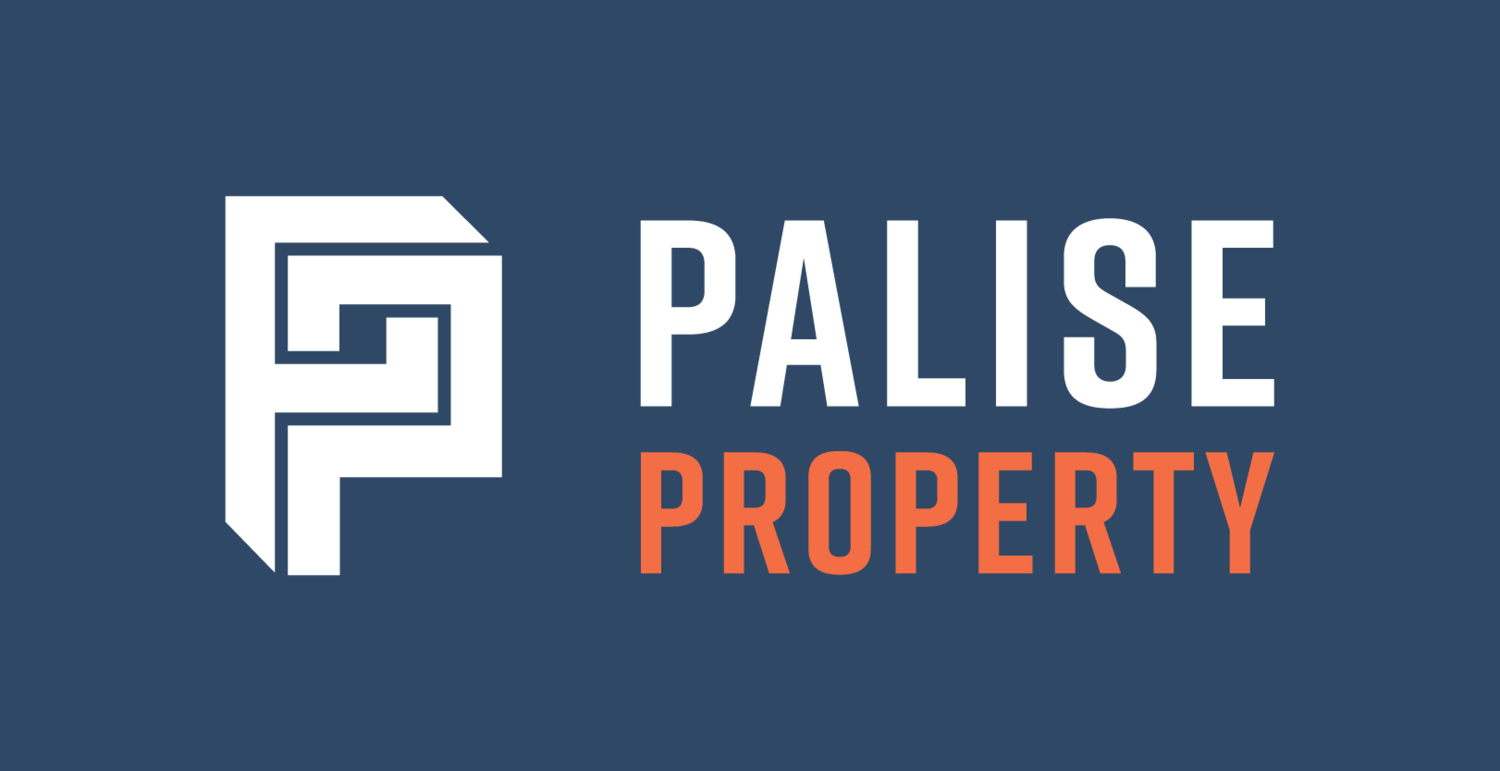Understanding Capitalisation Rates and Their Influence on Property Value
The cap rate, short for capitalisation rate, is a crucial real estate metric. It helps investors determine the current market value of a property, and it is calculated by dividing the property's net operating income (NOI) by its purchase price.
For example, if a property costs $1 million and generates $50,000 in net rent annually, the cap rate would be 5%.
Cap rates focus solely on the property's NOI and purchase price, excluding debts, mortgage payments, or purchase costs. This allows for straightforward property comparisons.
Often used interchangeably, cap rates and net yield evaluate commercial property values based on rental yields.
While cap rates provide a quick way to compare similar properties, thorough cash-flow analysis is still necessary for individual purchases.
Cap rates can also reverse-engineer a property's purchase price given rental increases and a steady cap rate, thus providing a robust tool for comparing and valuing real estate investments.
For example, let’s say you buy a property for $1 million with a cap rate of 7% and annual rental increases of 3%:
Property purchase price: $1,000,000
Capitalisation rate: 7%
Rental increases: 3%
If the cap rate in a region remains unchanged, you can see that the value of the property will increase considerably with rental increases alone:
Over a decade, a property can appreciate by over $300,000 solely through consistent 3% rental increases. The cap rate varies based on the commercial asset class and geographic location and is influenced by lending conditions and borrowing costs.
Changes in interest rates can impact cash flow and affect a property's cap rate over time. To determine cap rates, consider:
Consulting with property agents who can provide an initial estimation. However, engage with agents not directly involved in the sale to ensure accuracy.
Reviewing sale prices. Comparing recent sale histories and rent prices of similar properties can provide competitive cap rates.
Scanning local property ads. Some agents may advertise properties based on net yield, which gives an idea of competing cap rates.
Consulting a local valuer. They provide an unbiased view and accurately verify cap rates for valuation purposes.
Cross-referencing your property's type and location with the best data from these sources is crucial. Since advertisements rarely reveal final sale prices, research recent sales for effective negotiation.
Reasons for lower cap rates
Lower cap rates are typically associated with properties with robust tenants, national franchises, high foot traffic, prime locations like beachfront or capital cities, or areas with low vacancy rates. These factors contribute to lower risk or higher potential for capital growth. Due to the land value, a freestanding property could also reduce the cap rate.
Reasons for Higher Cap Rates
Higher cap rates may apply to properties in quieter or regional areas, places with low foot traffic, high vacancies, short leases, or housing less reliable tenants, including startups or those in declining industries. These are deemed riskier or likely to exhibit low capital growth. Despite the initial allure of high cap rates, the net result can often be less rewarding, given potential issues like longer vacancies, leasing fees, marketing costs, incentives, and slower capital growth.
Valuation Methods
Commercial property investors use three main methods to value properties:
income
comparable sales
replacement cost
Income Method
The income method, favoured by cash flow-focused investors, relies on accurate data on income and outgoings to compute the property's net income. Comparing the calculated cap rate with the market cap rate provides a property's value, assuming the rent aligns with the market rate.
Comparable Sales Method
The comparable sales method estimates a property's value based on similar recent sales, typically over the past six months. A professional valuer can assist with a short-form valuation, comparing the property with recent area sales. This method is often preferred by business owners seeking vacant commercial spaces, focusing more on acquiring a well-priced property than cap rates and rents.
Replacement Cost Method
The replacement cost method, generally a backup option for newer properties, involves estimating the land value plus the cost to replace the building, accounting for depreciation. This method doesn't consider lease strength or cap rate.
Vacant Properties
Valuing vacant properties involves researching potential rent levels by comparing similar tenanted properties and estimating rental based on the vacant property's floor space. Assessing how long it will take to secure a tenant is necessary, consulting local real estate agents and property managers. It's wise to be cautious, as rental and vacancy periods fluctuate. Renovation costs to prepare the property for leasing and any rental incentives for new tenants must also be considered.
Key Takeaways
Understanding capitalisation rates and their influence on property value are key factors in successfully investing in the property market.
Speaking with an experienced real estate professional will help you factor in all relevant variables to maximise your investment returns. Therefore, we encourage everyone to reach out for help when needed, as this process can take a lot of expertise that may not always be present.
With the right information under your belt, investing in real estate can be particularly rewarding.
If you want to know more about commercial property investing, check out our best-selling commercial property investing book or get in touch with our team for advice tailored to your individual needs.

